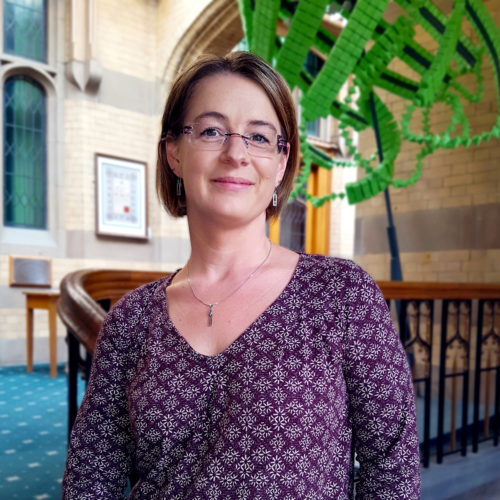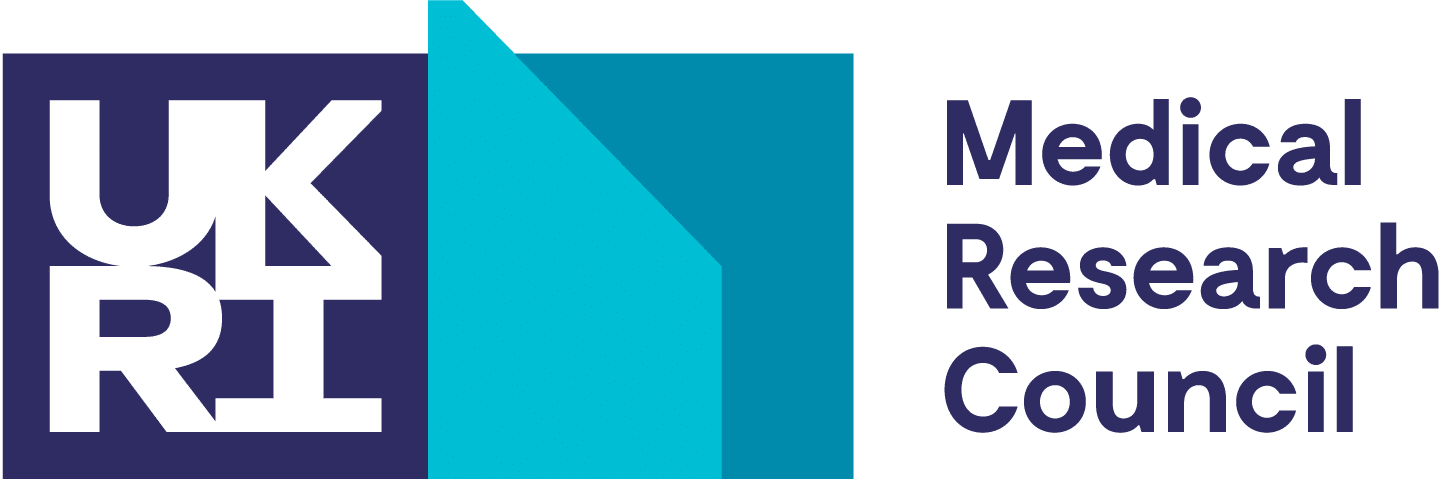Key focus
PSEC aims to advance regenerative medicine by overcoming the key outstanding hurdles to translate human Pluripotent Stem Cell (hPSC) based cellular therapies into standard clinical practice.
Using innovative, multidisciplinary approaches, the Hub aims to accelerate and streamline the process of translating hPSC-based therapies to the clinic and enabling their commercial development.
Translational Challenge
- To determine what constitutes a genetic risk in an hPSC-derived cell product in terms of patient safety;
- To optimise the production of hPSC-derived cell products to reduce genetic risks while allowing for the manufacturing of economically viable treatments;
- To develop “smarter” PSC-based cell therapies using genetic engineering to reduce the need for immunosuppression.
Location
 Lead Organisation Lead Organisation |
 Partner Organisation Partner Organisation |
Aims and Objectives
- To functionally assess clonal cell lines to understand how acquired genetic variants in human PSC-derived cell products affects risk for tumour growth and other adverse effects in transplanted cells;
- To create models which can be used to predict manufacturing risk and control scenarios to develop robust transferable manufacturing processes. These can then be used to make human PSC-derived cell products in an economical and safe way in the quantities needed to ultimately treat large numbers of patients;
- To understand which genetic engineering approaches reduce the risk of clinically relevant genetic abnormalities in modified cell lines. This will be applied to the production of new human PSC-derived cell products that can then be more easily used in larger numbers of patients in part because they cause less of an immune reaction in patients receiving such therapies.
Expected Outcomes
- To produce a database and guidelines to help define the functional relevance of acquired genetic variants in human PSC-derived cell products that can be used by developers to better balance risk against patient safety and potential clinical benefit;
- To provide predictive models to promote safe manufacturing processes and ensure the quality of human PSC-derived cell products for different clinical applications;
- To provide protocols for safely engineering PSC lines with genetic modifications, including ones that make them less immunogenic, which could be used to develop a new generation of safe PSC-derived cell therapy products.









